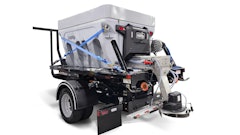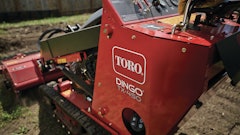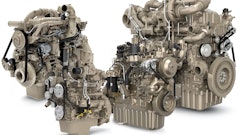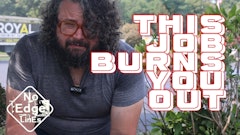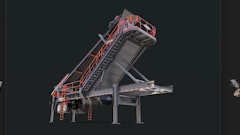
Cintas Corporation, a leading provider of first-aid and safety personal protective products (PPE), offers its top tips for limiting heat stress in the workplace. When the body is unable to cool itself by sweating, heat stress can occur. According to the Occupational Safety and Health Administration (OSHA), five to 10 million workers are exposed to heat-related illnesses each year.
“Heat-related illnesses can jeopardize a worker’s safety, business productivity and even lead to an OSHA recordable injury,” said John Amann, vice president, First Aid & Safety, Cintas. “However, providing workers simple tips for dealing with high temperatures can help reduce the occurrence of heat stress.”
The top tips for beating heat stress are:
1. Understand heat stress: There are three main types of heat stress: heat cramps, heat exhaustion and heat stroke. Heat cramps are painful spasms. Heat exhaustion is a state of weakness, fatigue and dizziness. Heat stroke, the most severe, is a condition resulting in highly elevated body temperature. All are intensified by high temperature and humidity, direct sun or heat, limited air movement, physical exertion, poor physical health and more.
2. Dress properly: Wearing a hat outdoors and lightweight, light-colored and loose clothing is important when temperatures are high. Look for personal protective equipment (PPE) that has moisture wicking properties and does not cling or feel heavy.
3. Drink fluids frequently: Feeling thirsty is a sign of dehydration so you should continually drink fluids to avoid this condition. One quart of cool water per hour and no more than 3 gallons per day is recommended for workers dealing with extreme heat. Beverages with electrolytes are another great option for replenishing the body with minerals. Avoid sodas, energy drinks and alcohol.
4. Remember to rest: It is especially important to take additional breaks when temperatures are high. Rest in a cool, shaded area and focus on drinking more liquids during your break.
5. Eat right: Limiting the intake of large, hot meals will keep you feeling your best in the heat. However, try not to skip meals, since the main way the body recovers electrolytes lost through perspiration is from food.
6. Assess your environment: Evaluating your work environment can help you recognize potential problems and correct them. Take note of the weather in which you work, the amount of physical labor you engage in, the length of your work day, the clothing you are wearing and any medical conditions that can be aggravated by heat.
7. Watch for signs of heat stress: Act as a buddy to coworkers by encouraging proper hot weather prevention techniques and watching for signs of heat stress. Heat cramps result in abnormal body posture and cause a person to grasp the affected area. Heat exhaustion causes extreme sweating, paleness in the face, unsteady walking and moist skin. Heat stroke is noted by mental confusion, convulsions, fainting and dry skin.
8. Know emergency response: When heat stress occurs, first determine its extent by asking the person their name, the date and where they are. If they are unsure, they are likely in heat stroke and you should call 911 immediately. Then, move the worker to a cooler area, loosen heavy clothing, provide drinking water and fan or mist them with water. If the individual is not disoriented, they are likely suffering from heat exhaustion and the same steps should be repeated.
“Although some of these guidelines seem simple enough, heat stress is still an ongoing problem for workers,” Amann added. “By learning more about heat stress, its causes and prevention methods, workers can avoid heat-related emergencies as well as help others around them.”
More information:
Protecting Workers from Heat Illness


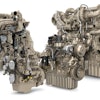


![[VIDEO] What is Heat Illness?](https://img.forconstructionpros.com/files/base/acbm/fcp/image/2016/06/default.574ee61c65a7d.png?auto=format%2Ccompress&fit=crop&h=167&q=70&w=250)

